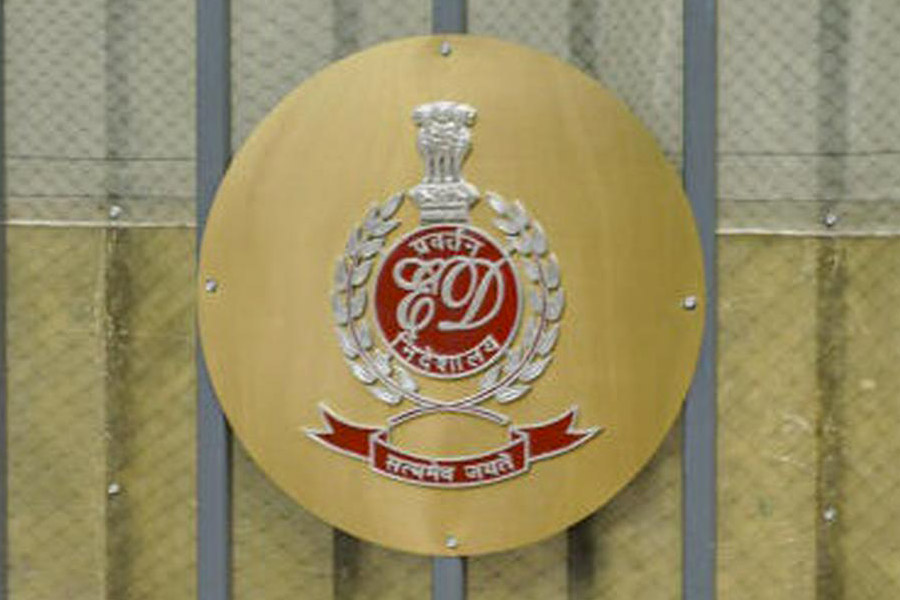 |
The textile sector disappeared from public awareness after the Datta Samant-led strike of the early eighties. Over the past few years, it has been making news because of the underworld getting into the development of mill land. What with other scandals and organised sector companies doing very poorly, it has all but disappeared from the job seeker?s radar screen.
But, after farming, the textile sector is the biggest employer in the country. It figures very high in India?s roti-kapda-makaan scheme of priorities. ?It is once more becoming respectable to look for jobs in this sector,? says a textile analyst.
The Multi-Fibre Arrangement ? under which exports were restricted ? is coming to an end this year. ?The sky is the limit for countries such as India and China,? says the analyst. Already, several leading international chains have descended on India to tie up sourcing arrangements. For instance, the $38 billion J.C. Penney, the largest importer of readymade garments in the world, has sent several teams to India. It has announced that it will increase the sourcing of Indian apparel from $200 million to $600 million over the next couple of years.
The country?s export of textiles and garments is close to $13.5 billion. Growth, which was around 10 per cent annually, should clock 20-25 per cent the next few years. The export target for 2010 is $50 billion. Indian companies are beefing up capacity and adding to their rolls in a big way. The Ahmedabad-based Arvind Mills, which was a stretcher case just a couple of years ago, is talking about needing 40,000 more workers. It currently has a strength of 20,000. It is setting up a powerloom park in Gujarat.
 |
Raymond has set up a new export facility near Bangalore and it has already taken on 1,000 people, most of them, women. This could reach 5,000 soon, if one counts the additions in a neighbouring denim facility. An apparel park has come up in Tirupur, also in south India, and has provided more than 15,000 new jobs. Another 10,000 could be added soon.
All this, mind you, is in expectation of better times. But the companies are not going the whole hog on recruitment. If the expected boom does occur, several lakh new jobs will be created.
There are a couple of riders, however. Because of the lack of flexible labour laws in this country (as compared to China), many are thinking twice about direct recruitment. Arvind Mills, for example, wants to source production from the powerloom park. Its role will be to provide the technology and quality support. Arvind will thus be another link in the sourcing chain. It will be able to export products at a cheaper rate than its own organised sector status will allow.
There could be some other hitches. US textile and apparel companies ? many in bad shape already ? are lobbying for non-tariff barriers. Sanitary and environmental norms, and labour issues will be pulled out to stonewall exports. The seafood export saga, where Indian consignments have been rejected on various frivolous grounds, will be repeated.
But eventually, as with everything in America, the profit motive will win. Indian T-shirts will conquer the US because they are cheaper. Within the US itself, textile jobs have moved from Massachusetts to South Carolina because of cost considerations.
So is it time once again to look at the sector? Most of the jobs will be low-end. But that is true of IT-enabled services also and there is no dearth of takers. Textiles, too, will have its share of high-fliers. After all, modelling is considered a textile and apparels sector job. And even if you don?t have catwalk ambitions, what?s wrong with being the clothier to the world?










